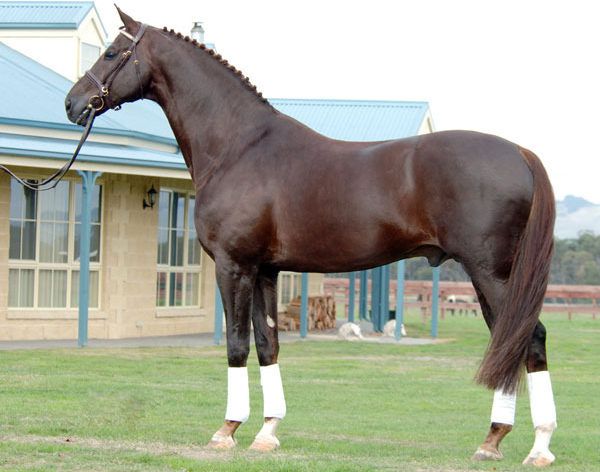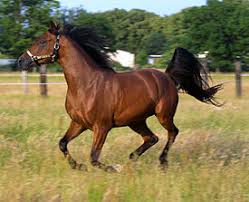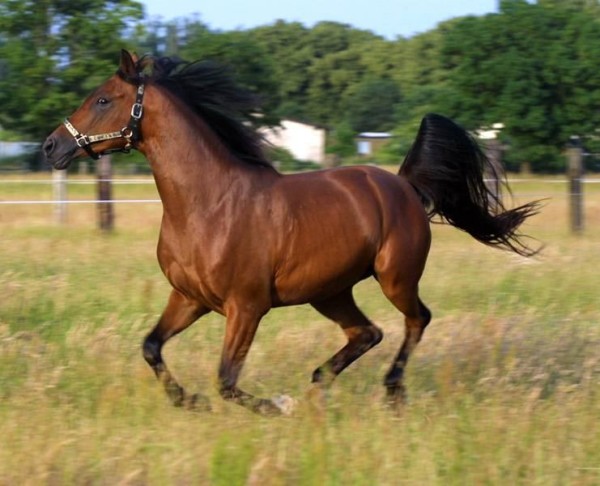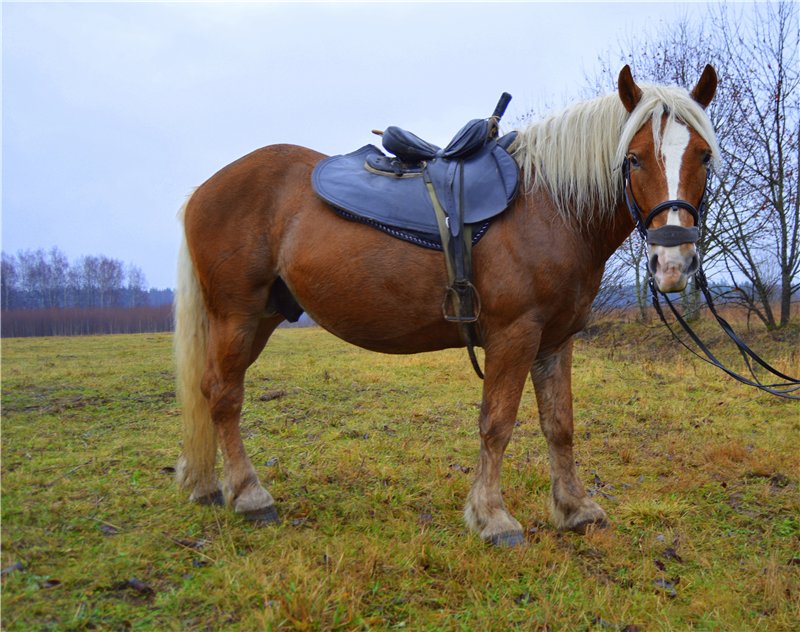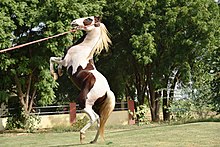small private farms
Budennovskaya breed of horses
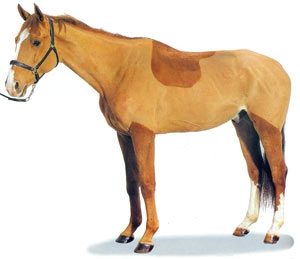 A relatively young breed was bred as a result of crossbreeding of Don and Black Sea mares with thoroughbred horse stallions (the Black Sea breed was used by the Cossacks who settled in the Kuban in the eighteenth century and was similar to the Don, but somewhat inferior to it in size and massiveness).
A relatively young breed was bred as a result of crossbreeding of Don and Black Sea mares with thoroughbred horse stallions (the Black Sea breed was used by the Cossacks who settled in the Kuban in the eighteenth century and was similar to the Don, but somewhat inferior to it in size and massiveness).
The aim of the selection was to create a good hardy cavalry horse. The center of the breeding program, conducted through careful selection, became the Rostov region. The best mares crossed with the best Anglo-Don stallions.
Mares were fed better and, which is unusual for Russian horse breeding of that time, were kept in stalls in winter, believing that mares would produce healthier offspring if they were not forced to spend energy so as not to freeze. Continue reading
Features of the most popular sports breed Hanover (part 1)
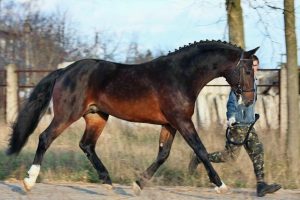 The appearance of Hanoverian horses combines beauty and strength. An important role in the appearance of this breed was played by the English king George II, who was simultaneously the Elector of Hanover. Back in 1735, he founded the state stud farm in Sella. The goal was to breed universal and inexpensive animals.
The appearance of Hanoverian horses combines beauty and strength. An important role in the appearance of this breed was played by the English king George II, who was simultaneously the Elector of Hanover. Back in 1735, he founded the state stud farm in Sella. The goal was to breed universal and inexpensive animals.
Prior to this, in Hanover there was a princely stable, where albino horses were taken out. According to sources, horses were bred specifically for princely carriages. However, these animals were of little use for the needs of the people and the army. Having a capricious disposition and being easily soiled, two hundred years later the white princely albinos disappeared, leaving only the image of a horse on the coat of arms of the city. Hannover breed horse while walking Continue reading
